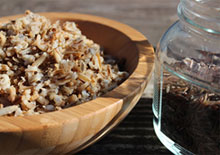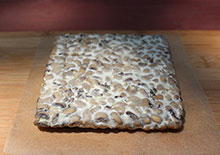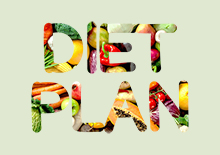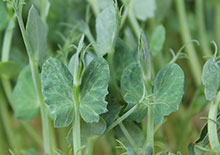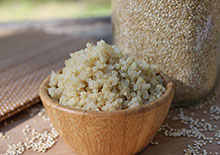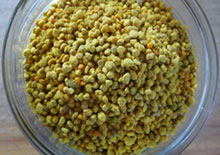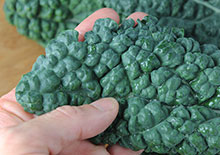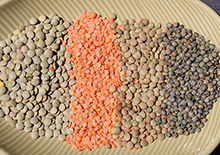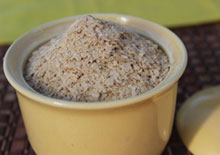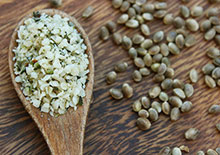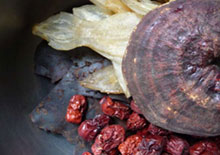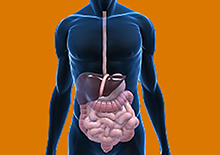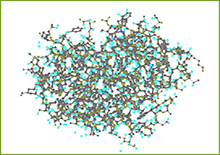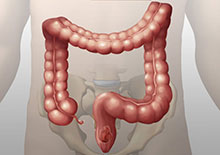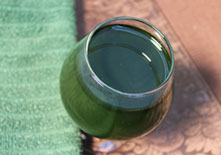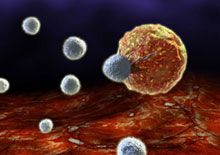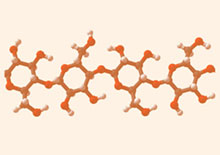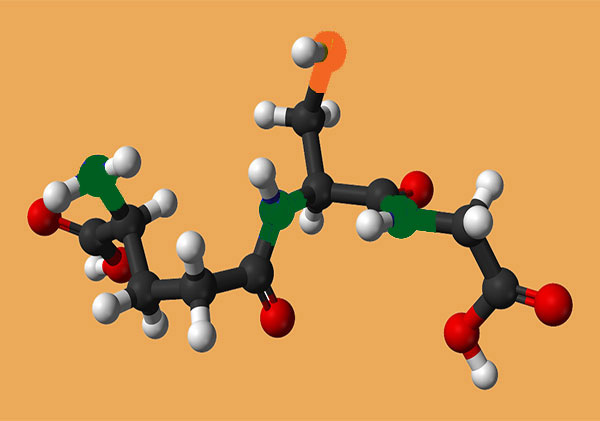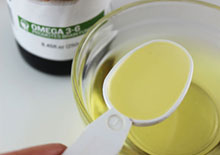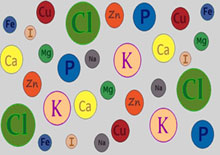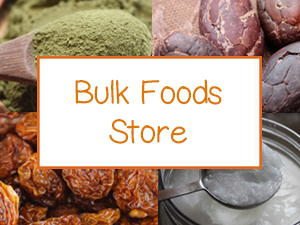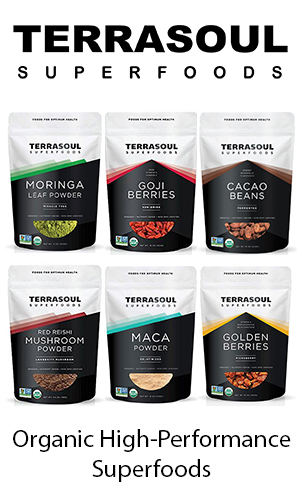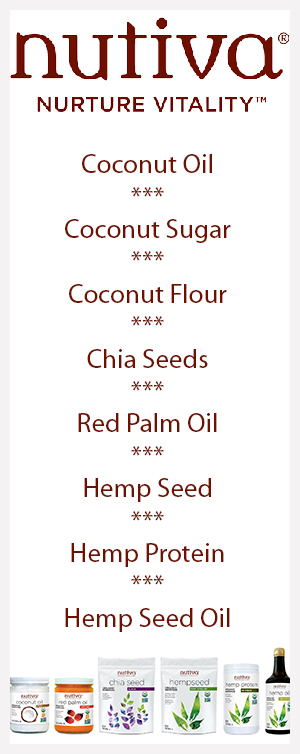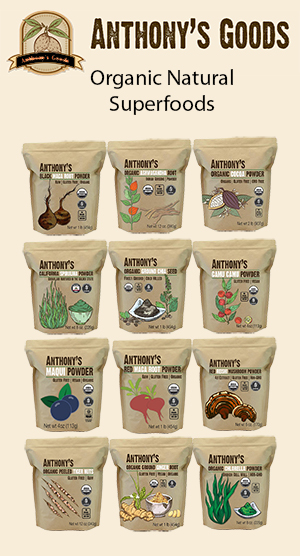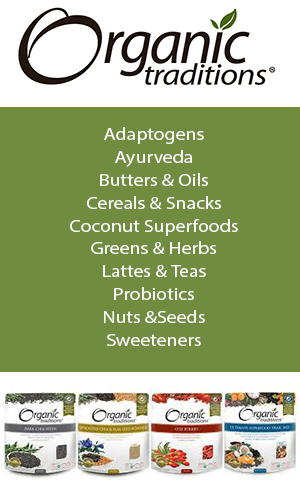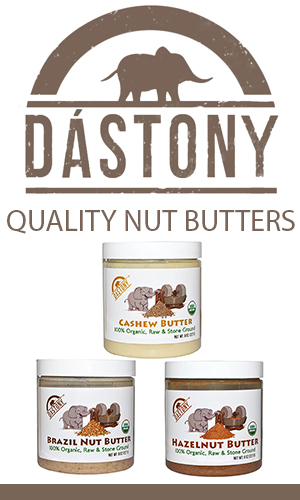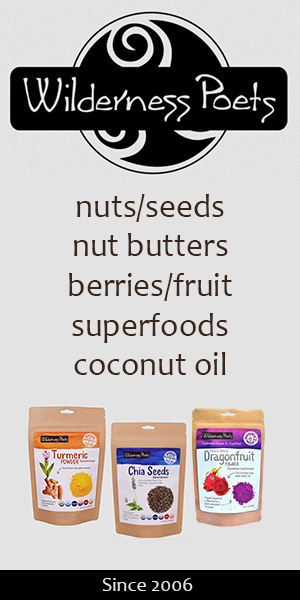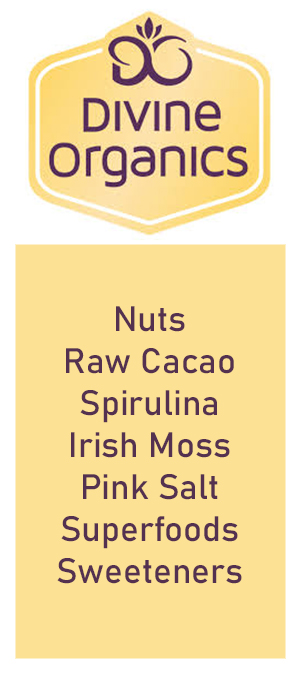Protein-Rich Foods and Vegan Protein Alternatives
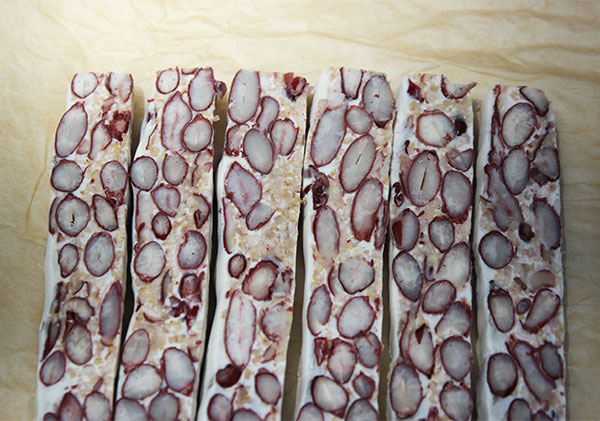
Where do you get your protein if you're looking to reduce or eliminate animal products and seafood's from the diet?
While meat and eggs are undeniably a concentrated protein source, there are also a number of protein-rich foods in the plant kingdom.
Plant foods, however, are often referred to as "lower quality" protein sources simply because most are not "complete proteins."
However, while
vegan protein staples, like legumes, leafy green vegetables, grains,
seeds and nuts, may be lacking several essential amino acids, when
evaluated as a group, they do contain all needed amino acids the body
requires for optimal health.
Although the concept that plant proteins are incomplete or inferior to "complete" animal-derived foods has been largely dismissed as false information by most holistic health nutritionists, when adhering to a vegan diet, it is good to consume a varied combination of plant-based foods to ensure one's essential protein requirements are being met.
Whether you're just wanting to cut back on meat consumption or following a vegetarian, vegan or even what some refer to as a "pegan" diet (which includes small portions of meat consumed as a side dish rather than the main part of the meal), it is possible for most people to meet their protein needs through plant-based sources.
About Protein and Amino Acids
Dietary protein is composed of amino acids, the "building blocks" of protein.
Amino acids are known to comprise the second largest element of human muscles, tissue and cellular structures. They not only play a critical role in building muscle, but are also involved in numerous other biological processes essential for health and vitality. They make up the structural component of enzymes, act as intermediates in metabolism and some are necessary for proper neurotransmission.
The process of digestion breaks down proteins into these smaller amino acid molecules so they can be further metabolized. While some amino acids are naturally synthesized by the body, others need to be ingested from the foods we consume. Out of 20 total amino acids, the body can only produce 11. The remaining 9 must be supplied through dietary sources and for this reason are referred to as "essential amino acids."
A "complete protein" is technically a food that contains an adequate proportion of all nine essential amino acids.
While all red meat, chicken, eggs and fish are indeed complete proteins, you don't necessarily need to get all essentials from one particular food. Most beans are not complete proteins, but when consumed with other foods, like grains, the missing essential amino acids are replenished.
The 11 "non-essential amino acids" are usually subdivided into two categories: non-essential and conditional.
Conditional amino acids are only necessary in higher amounts depending on one's age or under certain medical conditions. In such circumstances they are required in greater number than the body can normal produce and must be attained through one's diet. This makes them "conditionally essential."
Essential Amino Acids
- Histidine
- Isoleucine
- Lysine
- Leucine
- Phenylalanine
- Methionine
- Threonine
- Tryptophan
- Valine
Conditional Amino Acids
- Arginine
- Cysteine
- Glycine
- Glutamine
- Proline
- Tyrosine
Non-Essential Amino's
- Alanine
- Arginine
- Asparagine
- Aspartic acid
- Cysteine
- Glutamic acid
- Glutamine
- Glycine
- Proline
- Serine
- Tyrosine
Amino Acids and Their Functions
Essential Amino Acids
Isoleucine
- Utilized as energy by muscles
- Prevents muscle deterioration
- Plays a role in red blood cell production (hemoglobin)
Histadine
- Absorbs ultraviolet light in skin and protects against radiation
- Needed for tissue repair and muscle growth
- Produces protective glial nerve cells that form the myelin sheath
- Involved in the production of white and red blood cells
- A precursor to histamine
Leucine
- Source of energy
- Promotes skin healing and bone repair
- Help to decrease the breakdown of muscles
Lysine
- Important for muscle growth and development
- Essential for calcium absorption
- Balances nitrogen levels
- Needed for hormone production
- Assists in the formation of collagen and connective tissue
Methionine
- Useful for the breakdown of fats
- Removes heavy metals and toxins
- May increase antioxidants like glutathione
- Precursor to creatine and cysteine
- Essential for muscle growth and energy
Phenylalanine
- Enhances mood and cognitive functions
- Increases levels of important neurotransmitters
- Provides efficient absorption of UV light and vitamin D
- Helpful for collagen production
- Precursor to tyrosine
Threonine
- Important for collagen and elastin formation
- Involved in the production of antibodies
- Good for thymus gland function
- Acts as a liver detoxifier
- Allows for efficient assimilation of other nutrients
- Hard to find in plant-based foods
Tryptophan
- Improves brain chemistry
- Helpful for mood enhancement, sleep and anxiety relief
- Stimulates the release of growth hormones
- Precursor to the neurotransmitter serotonin and niacin
Valine
- Assists in repair and growth of muscle tissue
- Maintains nitrogen balance
- Helps the brain uptake other neurotransmitter precursors
Non-Essential Amino Acids
Alanine
- Key element in the glucose alanine cycle and production of glucose
- Supports health connective tissue
- Manufactured from pyruvate and branched chain amino acids
- Boost to immune system and protects against kidney stones
Arginine
- Improves nitrogen retention for muscle protein synthesis
- Essential for newborn infants
- Precursor of creatine and the neurotransmitter GABA
- Helps in thymus gland and immune function
- Assists in collagen formation and tissue repair
- Stimulates hormone release, like insulin, glucagon and HGH
Aspartic Acid
- Important in ATP cellular energy production
- Encourages healthy metabolism
- Boosts neurotransmitter production
- Removes excess ammonia from cells
Cysteine
- Good for collagen production and connective tissue
- Helps in detoxification process
- Produces taurine, an element of the antioxidant glutathione
- Synthesized from methionine
- Activates white blood cells
Glutamine
- Most abundant amino acid
- Good for cognitive functions
- Provides cellular energy
- Regulates acid-base balance in the kidney
- Protects against excess ammonia
- Precursor to GABA and taurine
Glycine
- Required for the biosynthesis of hemoglobin
- Precursor to other amino acids
- Sedative, improves sleep quality
- Good for formation of collagen
- Regulates bile acids
Ornithine
- Assists in immune and liver function
- Plays a role in the urea cycle
- Encourages tissue healing and repair
- Detoxifies excess ammonia
Proline
- Increases collagen and cartilage production
- Maintains muscle tissue
- Made from glutamic acid
- Good for skin repair
Serine
- Involved in energy production
- Protects brain and central nervous system
- Produces immuno-globulins and antibodies
- Derived from glycine
- Precursor to tryptophan
Taurine
- Regulates nervous system
- Helps move potassium, magnesium, and sodium
- Important for fat metabolism
- Component of the antioxidant glutathione
Tyrosine
- Enhances mood and alleviates stress
- Aids in thyroid function, increases growth hormones and melanin
- Precursor to the neurotransmitters dopamine, norepinephrine and epinephrine
- Made from phenylalanine
Recommended Daily Protein Requirements
The amount of protein each individual needs to consume daily depends on a number of factors which include age, gender, activity level and body type.
On average, protein intake is higher for pregnant women, athletes and seniors.
The Recommended Dietary Allowance (RDA) is 0.8 grams of protein per kilogram of body weight, or 0.36 grams per pound.
This averages out to approximately:
- 56 grams per day for the average sedentary man
- 46 grams per day for the average sedentary woman
However, to more accurately determine your specific RDA or the DV (Daily Value) for protein you can use a percentage calculator which can narrow it down according to your unique age and weight.
Protein requirements are also generally established according total energy expended through physical movement during the course of a day.
The four main activity level categories include:
- Sedentary - Little to no exercise or physical daily activity.
- Low Active - 30 minutes of moderate activity such as walking at 4 mph.
- Active - 1 hour of moderate activity like walking/jogging at 3-4 mph, or 30 minutes vigorous activity such as jogging at 5.5 mph.
- Very Active - 45-60 minutes of vigorous activity.
Signs of Protein Deficiency
When lacking a sufficient amount of protein-rich foods in the diet over time, noticeable symptoms may arise. This might be a good time to up plant-based protein intake or possibly consider eating portions of high quality animal foods such as grass-fed meat, wild-caught fish, organic eggs or raw milk kefir.
Some general signs of protein deficiency may include:
- Loss of muscle strength
- Fatigue or dizziness
- Hair loss or thinning of hair
- Insomnia or restless sleep
- Slow healing of wounds
- Brittle nails that break easily

Vegan Protein-Rich Foods and Superfoods
Below are some common protein-rich foods and superfoods utilized when consuming vegan plant-based meals or for those following in a "high raw" vegan diet.
Legume, pulses, nuts and seeds are some of the best ways to meet protein requirements when taking a short-term or long-term break from meat, eggs and dairy. While many of these foods are not "complete proteins", as we mentioned lacking amino acid are frequently balanced with a varied diet.
Homemade tempeh is one of the highest protein-rich foods you can eat. Even higher than tofu, it is also a highly digestible source of amino acids and can be made with a blend of both grains and beans to provide a complete protein meal.
Quinoa is one of the highest protein containing grains available and is an excellent complement to tempeh and many legume varieties. Peas are also another protein-rich food that has recently become more popular when creating commercial vegan meat and chicken alternatives.
Other top protein sources include: hemp seeds, bee pollen, spirulina, sacha inchi, goji berries, chia seeds and green leafy vegetables.
List of Plant-Based Protein-Rich Foods
(The information below is primarily sourced from the Nutrition Data website.)
- Almonds, raw (1oz) - 6g
- Bee pollen, raw (1T) - 3g
- Black beans, cooked (1 cup) - 15.2g
- Black-eyed peas (1 cup) - 13.9g
- Brazil nuts, raw (1oz) - 4g
- Broccoli, cooked (1 cup) - 3.8g
- Broccoli, raw (1 cup) - 2.6g
- Brown rice, cooked (1 cup) - 5.0g
- Buckwheat sprouts (1 cup) - 10.5g
- Cacao, raw (1oz) - 4.0g
- Cashews, raw (1oz) - 5.1g
- Chia seeds, raw (1 oz) - 4.4g
- Chickpeas, cooked (1 cup) - 14.5g
- Chlorella (1T) - 2.9g
- Collard, cooked (1 cup) - 4.0g
- Collard, raw (1 cup) - 0.9g
- Dulse, whole (1/3 cup) - 2g
- Flaxseeds, raw (1oz) - 5.1g
- Goji berries, raw dried (1oz) - 3g
- Hazelnuts, raw (1oz) - 4.2g
- Hemp protein powder (2T) - 10g
- Hemp seeds, raw (1 oz) - 10.5g
- Kale, cooked (1 cup) - 2.5g
- Kale, raw (1 cup) - 2.2g
- Kelp seaweed, whole (1/3 cup) - 1g
- Kelp powder blend (1t) - 3g
- Lentils, cooked (1 cup) - 17.9g
- Maca root powder (1T) - 3g
- Macadamia nut raw (1 oz) - 2.2g
- Marine phytoplankton, 1t - 1.0g
- Millet, cooked (1 cup) - 6.1g
- Miso paste, (1oz) - 3.3g
- Mung bean, cooked (1 cup) - 14.2g
- Mung sprouts, raw (1 cup) - 3.2g
- Nori, whole laver 1/3 cup - 2g
- Pea protein powder (2T) - 16g
- Pea sprouts (1 cup) - 10.6g
- Pecans, raw (1oz) - 4.3g
- Pine nuts, raw (1oz) - 3.8g
- Pinto beans, cooked (1cup) - 15.4g
- Pistachios, raw (1oz) - 5.8g
- Polenta, cooked (1 cup) - 4.7g
- Pumpkin seeds raw (1oz) - 6.9g
- Sunflower seeds raw (1oz) - 5.8g
- Tahini, raw (2T) - 5.4g
- Sacha inchi powder (2T) - 12.0g
- Quinoa, cooked (1 cup) - 8.1g
- Red kidney beans (1 cup) - 15.3g
- Sesame Seeds, raw (1oz) - 5g
- Spinach, cooked (1 cup) - 5.3g
- Spinach, raw (1 cup) - 0.9g
- Spirulina, raw 1T - 5g
- Tempeh, soy (3oz) - 15.3g
- Tofu, firm (3oz) - 8.4g
- Walnuts, raw (1oz) - 4.3g
- Wheat grass juice (1oz) - 1g
- Wild rice, cooked (1 cup) - 6.5g
Enjoy some of the protein-rich foods and superfoods in our some of our recipes:
